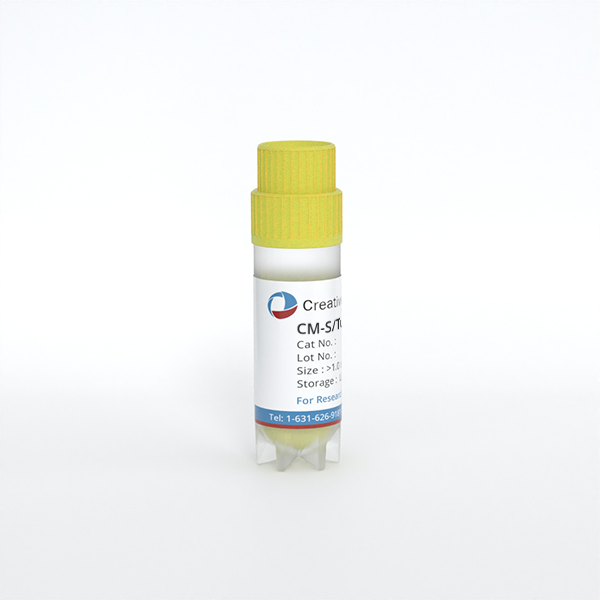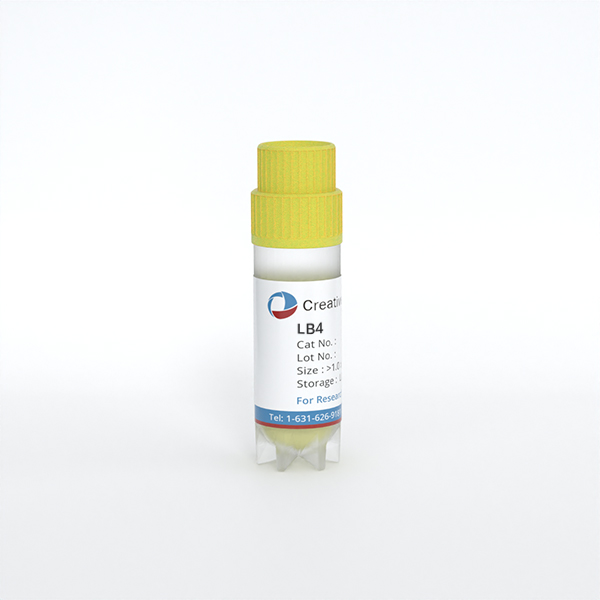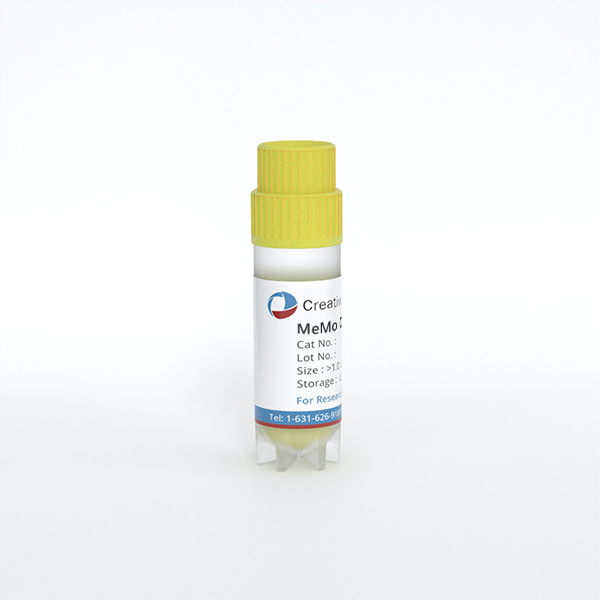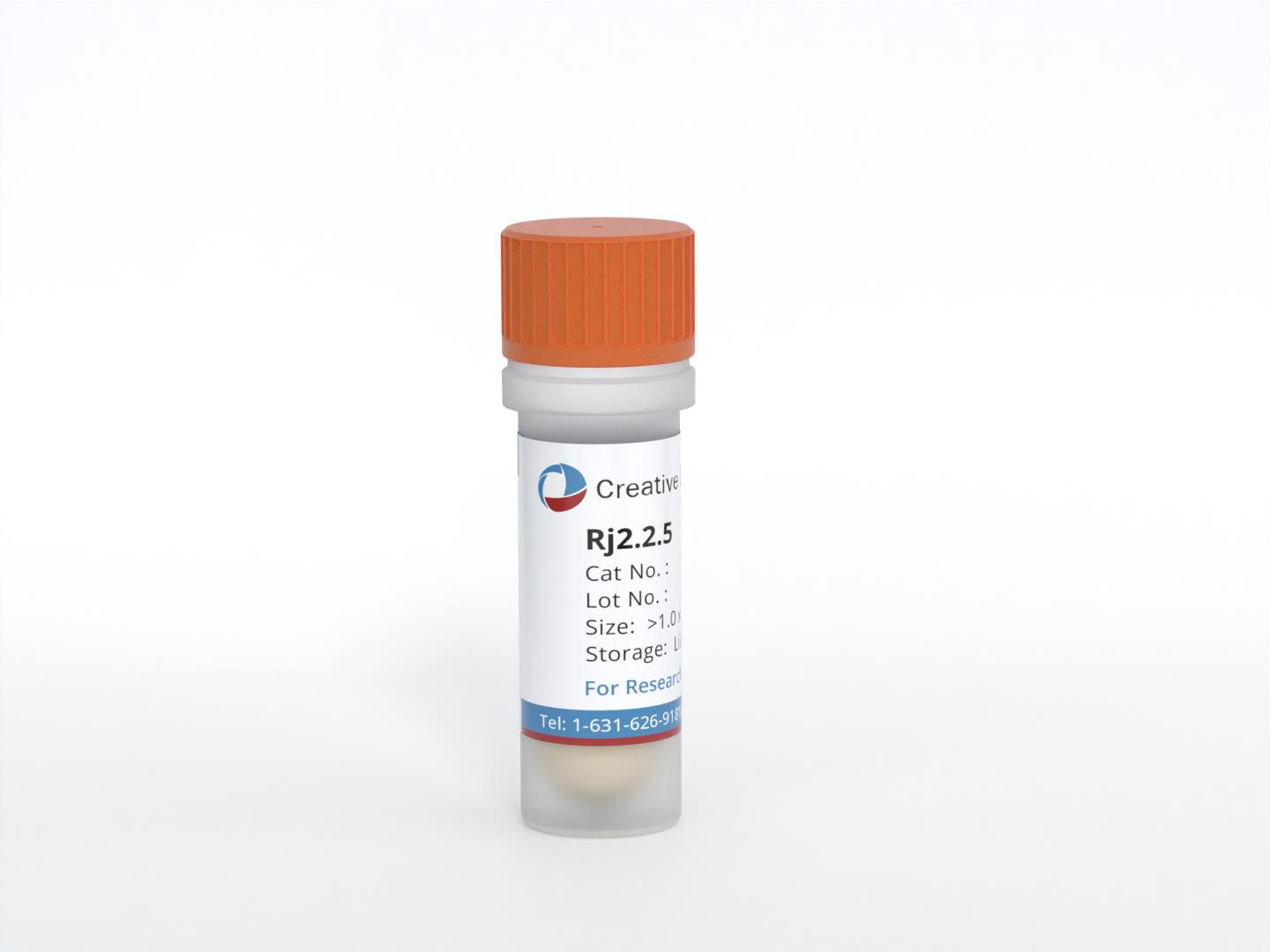Featured Products
Our Promise to You
Guaranteed product quality, expert customer support

ONLINE INQUIRY
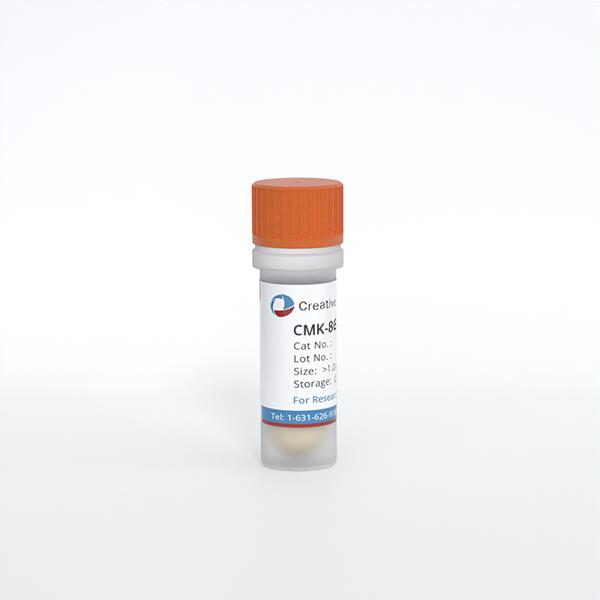
- Specification
- Background
- Scientific Data
- Q & A
- Customer Review
The CMK-86 cell line belongs to the CMK cell family and was derived from an acute myeloid leukemia (AML) patient. The characteristics of this cell line match those typical of leukemia cells which are mainly located in blood and lymphatic tissues. AML represents an aggressive cancer type that affects both blood and bone marrow and belongs to the category of acute leukemia. The disease features an excessive accumulation of immature white blood cells in the bone marrow that cannot mature into functional white blood cells or red blood cells and platelets thus disrupting normal blood cell production.
The CMK-86 cell line holds significant value in AML research. The CMK-86 cell line serves as a critical model for leukemia pathogenesis research as well as drug screening applications and immunotherapy development. Studies show that researchers can use the CMK-86 cell line to test how effective anti-leukemia drugs are and to observe disease progression through laboratory experiments. Additionally, the CMK-86 cell line is employed to study interactions between leukemia cells and the immune system. Research using the CMK-86 cell line, for example, has explored interactions between platelets and leukemia cells.
microRNA-155-5p Alters TNF Signaling, Affecting CMK-86 Cell Viability
Down syndrome (DS) significantly elevates the risk of acute leukemia, especially AML-DS, due to trisomy 21's impact on hematopoiesis. Understanding the transition from transient leukemia to AML-DS is crucial. Sas et al. applied functional enrichment analysis to assess interactions among chromosome 21 genes, miR-155, and signaling pathways. They performed next generation sequencing on DNA samples from a cohort of patients diagnosed with acute leukemia of Down syndrome. And the results showed that the epigenetic alteration of the TNF superfamily receptors in Down syndrome, which can be correlated to microRNA-155-5p aberrant activity, may play an important role in cell signaling. Then, to investigate if microRNA-155 mimic and inhibitor significantly affects CMK-86 cell line viability they performed MTS assay. Cell viability was measured after transfection with microRNA-155-5p using MTS assay at 24, 48, 72- and 96-hours post transfection. According to the obtained results, we observed that the modifications occur at 24 and 48h were slightly modified, meanwhile after 72- and 96-hours statistically significant inhibition of cell viability were observed (Fig.1).
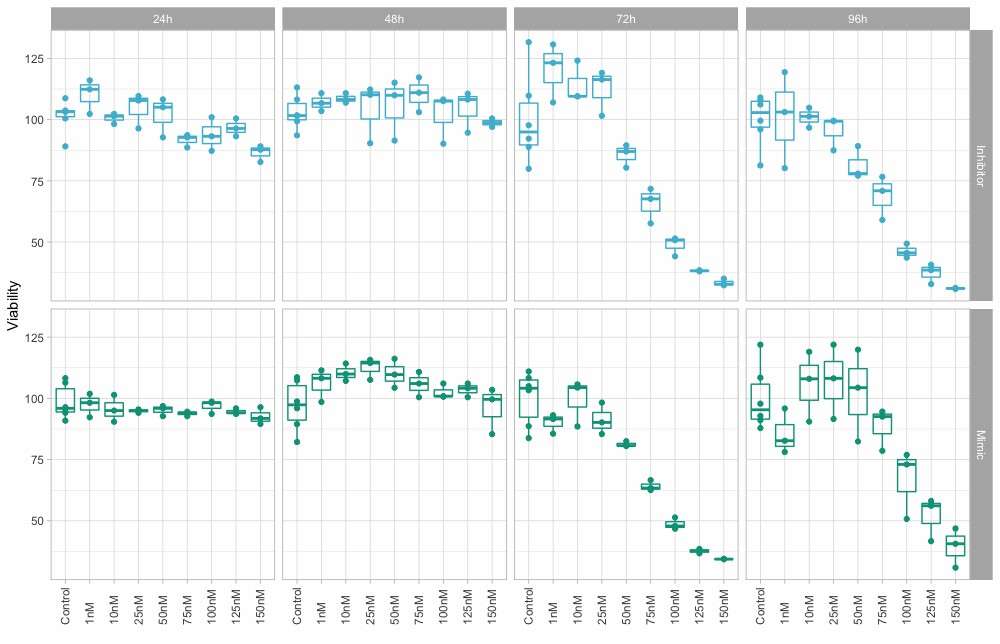 Fig. 1. Cell proliferation assessment following transfection with the mimic and inhibitor of miR-155-5p (Sas V, Pasca S, et al., 2020).
Fig. 1. Cell proliferation assessment following transfection with the mimic and inhibitor of miR-155-5p (Sas V, Pasca S, et al., 2020).
Efficacy of CDK4/6 inhibitors in t(8;21) AML cell lines
Acute myeloid leukemia (AML), a genetically heterogeneous disease, frequently manifests the t(8;21) translocation, a common cytogenetic anomaly. Recent studies have identified prevalent CCND2 mutations in t(8;21) AML, potentially accelerating proliferation via cell cycle deregulation. Nakatani et al. utilized selective CDK4/6 inhibitors (palbociclib and abemaciclib) on AML cell lines to assess their effects on cell cycle arrest and autophagy induction. The IC50 of CDK4/6 inhibitors was determined using 19 AML cell lines (CMK-86, Kasumi-1, SKNO-1, ML-2, HL-60, HEL, MV4-11, NB-4, KG-1a, Kasumi-6, KG-1, KO52, MOLM-16, U937, Kasumi-3, UF-1, and MOLM-13 cell lines), including two with t(8;21) (Fig. 2a). They found a moderate correlation between the IC50 values of palbociclib and abemaciclib (R² = 0.56). The t(8;21) AML cell lines showed significantly lower IC50 values for both inhibitors compared to non-t(8;21) cell lines (Fig. 2a, b). CDK4/6 inhibitors impaired proliferation in Kasumi-1 and SKNO-1 cells, indicating cell cycle arrest at the G1 phase, as shown by a reduced S/G2/M phase cell percentage (Fig. 2c-e). In shLuc- and shCCND2-transfected Kasumi-1 cells, CDK4/6 inhibitors significantly reduced proliferation, suggesting their potential efficacy in treating t(8;21) AML.
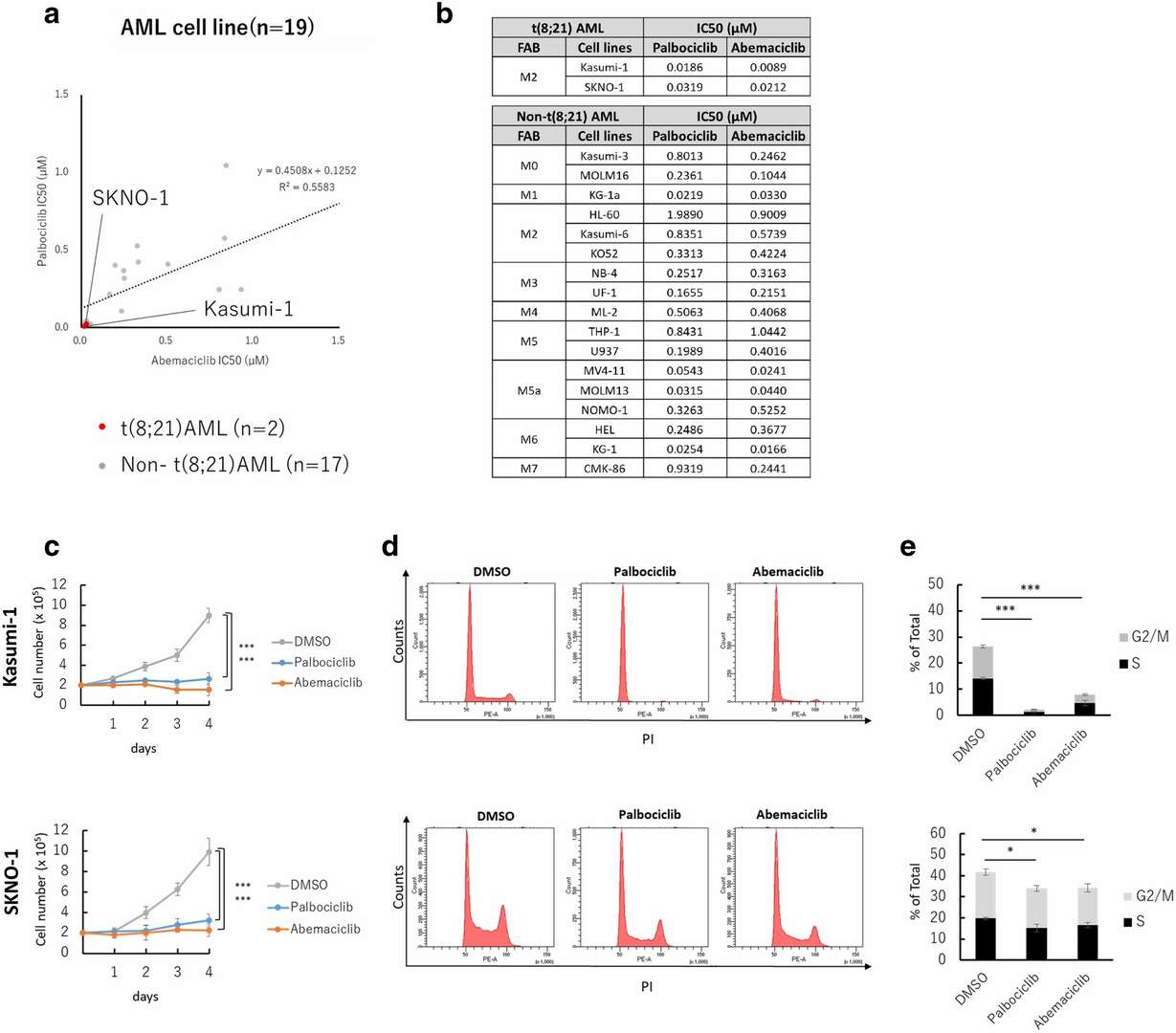 Fig. 2. CDK4/6 inhibitors induce cell cycle arrest in t(8;21) AML cell lines (Nakatani K, Matsuo H, et al., 2021).
Fig. 2. CDK4/6 inhibitors induce cell cycle arrest in t(8;21) AML cell lines (Nakatani K, Matsuo H, et al., 2021).
Most often, leukemia is a cancer of the white blood cells, but some leukemias start in other blood cell types. There are several types of leukemia, which are divided based mainly on whether the leukemia is acute (fast-growing) or chronic (slower-growing), and whether it starts in myeloid cells or lymphoid cells.
Ask a Question
Average Rating: 4.0 | 1 Scientist has reviewed this product
Active
The cell product was very active and easy to handle, which gave me confidence in the experiment.
09 May 2022
Ease of use
After sales services
Value for money
Write your own review
- You May Also Need

